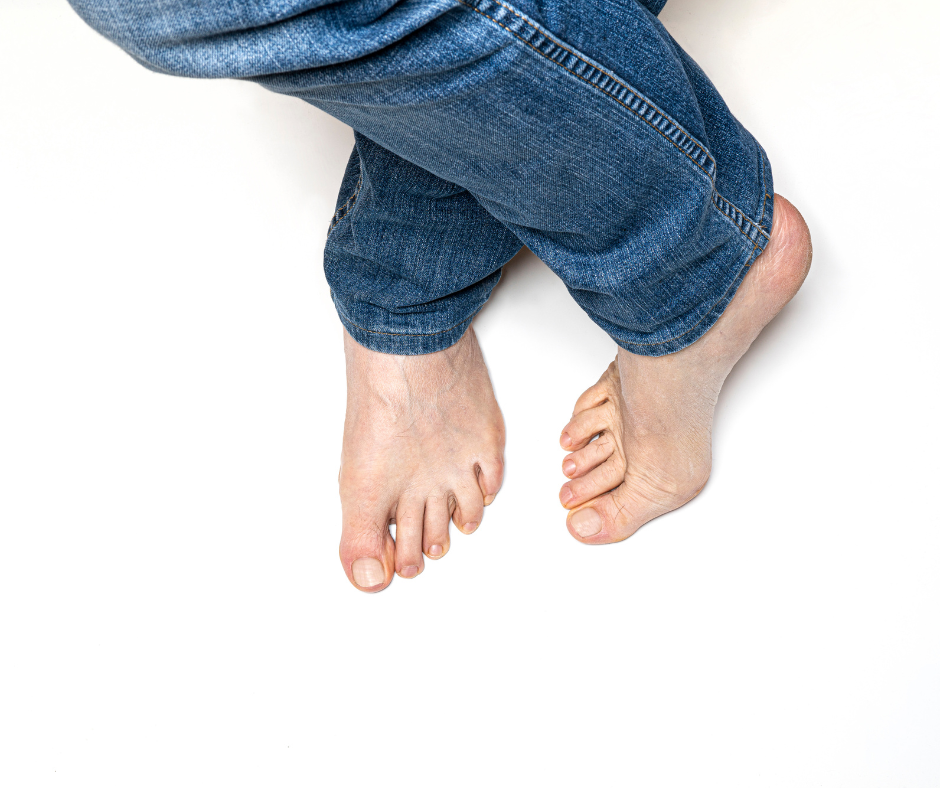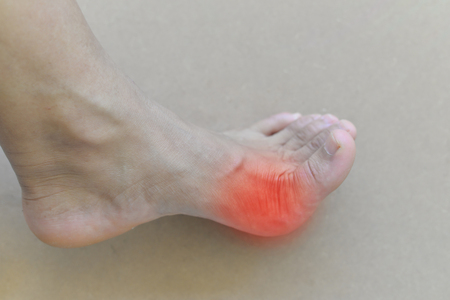-
Arthritis Awareness Month

Arthritis is one of the most widespread health conditions in the United States. Arthritis occurs when joints are swollen or tender and can affect people of all different ages. The first steps in overcoming the challenges of arthritis are understanding the condition and knowing there are many resources to help. Below you will find fast facts about arthritis, signs and symptoms, prevention tips, and helpful resources.
Facts About Arthritis
- More than 40 million Americans have been diagnosed with arthritis.
- There are more than 100 forms of this crippling disease.
- It affects an estimated 53 million adults and 300,000 children.
- Experts believe the number of people diagnosed with arthritis will grow as our nation’s population ages.
- Arthritis is common among people with other chronic conditions including obesity, diabetes, and heart disease.
- The most common types of arthritis include:
- Osteoarthritis
- Rheumatoid Arthritis
- Psoriatic Arthritis
- Fibromyalgia
- Gout
Common Signs Associated With Arthritis
Recognizing the symptoms can help you get the correct diagnosis. Arthritis symptoms can include:
- Difficulties with moving and performing daily tasks
- Pain
- Stiffness
- Swelling
- Redness
- Decreased range of motion
Ways To Prevent Arthritis
- Get Moving. Walking is a fantastic way for people with arthritis who live in rural areas to be physically active. For those uncertain about walking, proven programs such as Walk With Ease can help people get started.
- Build Connections. The Arthritis Foundation can help you find and build support for your journey during Arthritis Awareness Month with tips on nationwide events, treatment, and diet.
- Protect Your Joints. Avoid holding one position for too long or holding a position that puts extra stress on joints.
- Manage Your Weight. Maintaining a healthy diet consisting of many vegetables, some fruits, and whole grains has been proven to support overall well-being.
- Talk With Your Doctor. Advocate for yourself and make sure that you get the care you need.
When To See A Podiatrist
Podiatrists are a part of the care team when joint pain occurs in a patient’s feet or ankles. At Kentlands Foot and Ankle Center, we strive to provide the best care to our patients. Board-certified podiatrist Dr. Jon M. Sherman uses advanced technology and treats a variety of patients. To schedule an appointment, please call our Montgomery County office at 301-330-5666 or visit our website for more information.
-
Everything You Need to Know About Gout

A condition often seen in our office this time of year is gout. Gout is a condition that affects the lower extremities, and symptoms of gout are often increased with colder temperatures. Our specialists discuss everything you need to know about this condition, including what it is, its risks, treatments, and so much more!
What Is Gout?
Gout is a type of arthritis that affects the lower extremities. Gout usually develops in adulthood and rarely seen in children. Gout usually develops earlier in adult men (between the ages of 30-45) than in adult women (after age 55). Gout can be triggered by certain festive holiday foods that we tend to consume more during this time of the year. These foods can cause uric acid to excessively build in the body and trigger the symptoms of gout.
The Phases of Gout
The three phases of gout are:
- Gout Flare– This is the initial gout flare that most likely involves a single joint.
- Intercritical Gout– This is the time between gout flares. When gout is treated, flares will rarely occur more than once within two-year intervals.
- Tophaceous Gout– This is a condition that develops after suffering from multiple gout flares. This is a condition that describes the accumulation of urate crystal masses within the body.
What Are the Risks of Developing Gout?
As previously mentioned, certain lifestyle factors will increase your risk of developing gout. The most common lifestyle factors are:
- Certain medications (such as diuretics)
- Dehydration
- Consuming large amounts of meat
- Consuming large number of beverages that contain high fructose corn syrup
- Consuming excessive amounts of alcohol
- Being overweight
- Family history
- Certain medical conditions
- Recent injury or surgery in the lower extremities
- Age and sex
Symptoms of Gout
The most common symptoms of developing gout are:
- Sudden attack of pain in the lower extremities
- Discomfort that does not subside
- Intense joint pain
- Stiffness in the lower extremities
- Signs of limping
- Joints feel hot-to-the-touch
- Inflammation in the lower extremities
- Limited range of motion in the affected area
When To See a Podiatrist
If you are experiencing chronic foot pain or discomfort in your lower extremities, call our Montgomery office at 301-330-5666 and schedule an appointment with our board-certified podiatrist Dr. Jon M. Sherman or visit our website for more information. Please note that our office hours are currently Monday, 10am-5:30pm, and Tuesdays and Thursdays, 10am-5pm. For new or current patients who do not want to come into the office, we are also offering Telehealth video visits. To schedule a Telehealth visit, please call our office.
RECENT POSTS
categories
- Uncategorized
- Featured Articles
- Foot Disorders
- Broken Ankle
- Broken Toe
- Fracture
- Foot Health
- Foot Care
- Arthritis
- Foot Pain
- Skin Cancer
- Podiatry Appointment
- Custom Orthotics
- Podiatrist
- Diabetes
- Gout
- Heart Health
- National Nutrition Month
- National Foot Health Awareness Month
- Foot Safety
- Foot and Ankle Injuries
- Falls Prevention
- Chronic Heel Pain
- Shoes
- Laser Therapy
- Quoted
- Physical Therapy
- KeryFlex
- Sweat
- Summer Foot Care
- Sports Injury
- ESWT
- Fungal Toenails
- Bunion
- Plantar Fasciitis
- PinPointe Laser


